Piano lessons are a coveted way of nurturing one’s musicality, yet they come with a price tag that often prompts many to ask, “Why are piano lessons so expensive?” This apparent costliness stems from several key factors, each contributing to the overall price in its unique way. Whether you’re a budding pianist or a curious parent contemplating investing in your child’s musical journey, understanding what makes these lessons so pricey can help you gauge their true worth. In the following sections, we will delve into the inherent expenses involved in piano education to shed light on this matter.
Factors That Impact The Cost Of Piano Lessons
Rental Fees
The first factor to consider is rental fees. If you don’t own a piano, some music schools offer rentals which can significantly inflate the cost of lessons. Moreover, the rental fee doesn’t just cover the physical instrument. High-quality pianos require regular tuning and maintenance, and these costs are often factored into the rental fee. Even if you own a piano, its maintenance incurs a significant annual cost that must be taken into account when calculating the total expense of piano lessons.
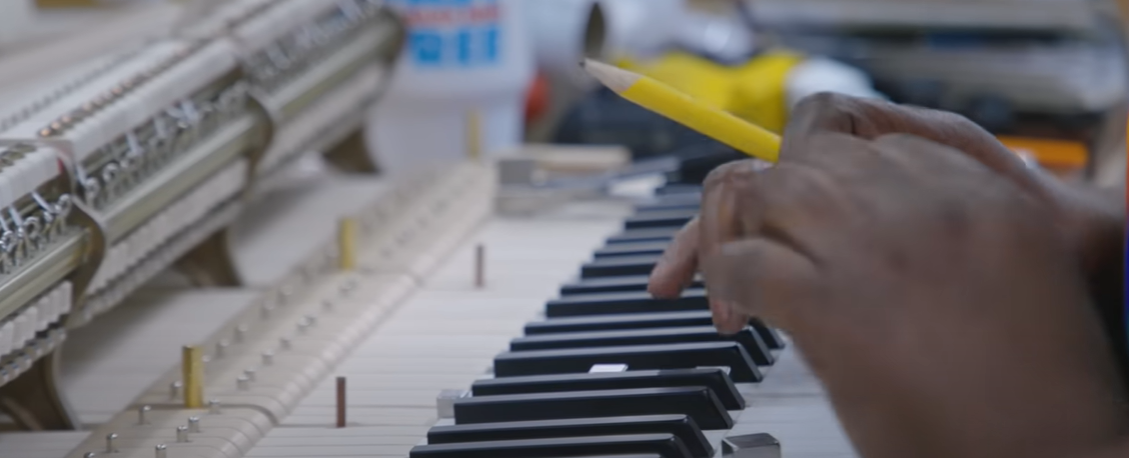
Profit Margins And Commissions
Another crucial factor influencing the cost of piano tuition is the profit margins and commissions. These are necessary to keep music schools operational and to compensate for the administrative work involved. They cover the costs associated with running the institution, from utilities and rent to marketing and staff salaries, including those of non-teaching personnel. In addition, music teachers are typically paid a portion of the tuition fees instead of a fixed salary. This commission-based model ensures that teachers are fairly compensated for their time and talent, further adding to the cost of lessons. In essence, when you pay for piano lessons, you are supporting not just your own musical journey, but the entire ecosystem of music education. [1]
Compensation For Expertise
The third significant cost driver in piano lessons is compensating the teachers for their expertise. Piano tutors are not just individuals who can play the piano; they are trained professionals who have invested years in mastering their craft and learning pedagogical skills. Their expertise often comes from formal education, which includes music degree programs, and extensive practical experience. They may also continually upgrade their skills through professional development, attending workshops and seminars that require an investment of time and money. Consequently, a substantial portion of your piano lesson fee goes toward compensating these professionals for their expertise, time, and the continual investment they make in their professional growth. This factor underscores the fact that when paying for piano lessons, you’re not merely buying time at an instrument; you’re investing in the wealth of knowledge and experience that the teacher brings to each session.
Age And Level Of The Student
The age and level of the student also play a pivotal role in determining the cost of piano lessons. Younger or beginner-level students usually require more specialized attention to establish a strong foundation in musical knowledge and piano technique. This requires a particular skill set and patience from the teacher, which can increase the cost. On the other hand, advanced students may require experienced, higher-level instructors who specialize in specific genres or techniques, and their services often come with a higher price tag. In addition, lesson durations are generally longer for advanced students, which also contributes to higher costs. Therefore, the student’s age and level, as well as the associated demands on the teacher’s time and expertise, are important factors influencing the price of piano lessons. [2]

Materials
Lastly, the cost of materials significantly adds to the overall expense of piano lessons. This encompasses a wide variety of resources, including sheet music, method books, supplementary materials, and exam resources. Most piano teachers regularly update their teaching materials to ensure they are providing the most effective and engaging instruction. These materials are often purchased by the teacher and incorporated into the lesson cost. Moreover, participation in exams or music festivals requires additional materials and fees. All these costs contribute to the expense of piano instruction. Keep in mind that these materials are essential for a well-rounded musical education, providing structure for lessons, opportunities for student evaluation, and a diverse repertoire for students to explore.
Instrument Maintenance
An often overlooked but significant contributor to the cost of piano lessons is the maintenance of the instrument itself. Pianos, whether they’re grand, upright, or digital, require regular tuning, cleaning, and occasional repairs or part replacements. The frequency of tuning can depend on a variety of factors such as the piano’s age, its usage, and the climate it’s kept in. However, generally, most pianos need tuning at least twice a year. Similarly, the internal mechanisms of a piano also need periodic cleaning to remove dust and debris, and maintain the optimal performance of the instrument. Repairs or part replacements, although not a regular occurrence, can be quite costly when they do happen. These ongoing maintenance costs are typically borne by the teacher or the music school and are factored into the pricing of the piano lessons. So, when you pay for a piano lesson, a portion of that fee goes into ensuring you’re learning on an instrument that’s well-maintained, in tune, and of good quality, all of which are essential for an effective and enjoyable learning experience.
Travel To And From Lesson Locations
The cost of travel can also add to the overall expense of piano lessons. For instance, if the lessons are conducted at a music school or the teacher’s home, transportation costs to and from these locations must be considered. This could involve either public transit fees or the cost of fuel if driving. Alternatively, if the teacher travels to the student’s home for lessons, the cost for their time and travel is often incorporated into the lesson fee. Furthermore, the travel factor can become significantly more expensive if the student lives in a remote location or if lessons are required to be held at specific times that necessitate peak hour travel. In essence, the logistics of where and when lessons are held can influence the cost of piano tuition. [3]

Ways To Save On Piano Lessons
Take Online Lessons
Taking piano lessons online can be a cost-effective alternative to traditional face-to-face instruction. Online lessons eliminate travel costs and allow for more flexibility in scheduling, which can save both time and money. Furthermore, many online platforms offer a vast library of resources, from beginner to advanced level, often included in the cost of the subscription. This means you have access to a wide range of materials without the need for additional purchases. It’s important to note that the effectiveness of online piano lessons can greatly depend on the student’s level of self-motivation and discipline. However, with a dedicated approach, they can be an excellent and affordable way to learn the piano.
Invest In A Quality Piano Course
Investing in a quality piano course can be another effective way to save on piano lessons. These comprehensive programs are meticulously designed to cover everything from basic techniques to advanced music theory, often at a fraction of the cost of traditional lessons. Furthermore, they offer a structured approach to learning, with each lesson building on the previous, ensuring a steady progression. This eliminates the need for multiple resources, thus reducing additional costs. It’s worth noting that piano courses can cater to various levels, from beginners to advanced players, and they often include access to online support or communities for additional guidance. However, it’s essential to ensure the course is from a reputable source and aligns with your musical goals before committing. Remember, a quality piano course should promote comprehensive learning, encourage consistent practice, and foster a love for music. [4]
Go With A Less Experienced Teacher
Choosing a less experienced teacher can be a viable way to reduce the cost of piano lessons. While these instructors may not have the extensive expertise or credentials of seasoned professionals, they often bring fresh teaching approaches and enthusiasm to their lessons. This can be particularly beneficial for beginners, as basic techniques and music theory do not necessarily require advanced instruction. Additionally, less experienced teachers typically charge less for their services, making this a cost-effective option for those on a tight budget. However, it’s important to verify that even a less experienced teacher has the necessary qualifications and a solid understanding of music fundamentals. Remember, a good teacher should inspire a love for music, encourage progress and nurture the student’s musical talent, irrespective of their experience level.
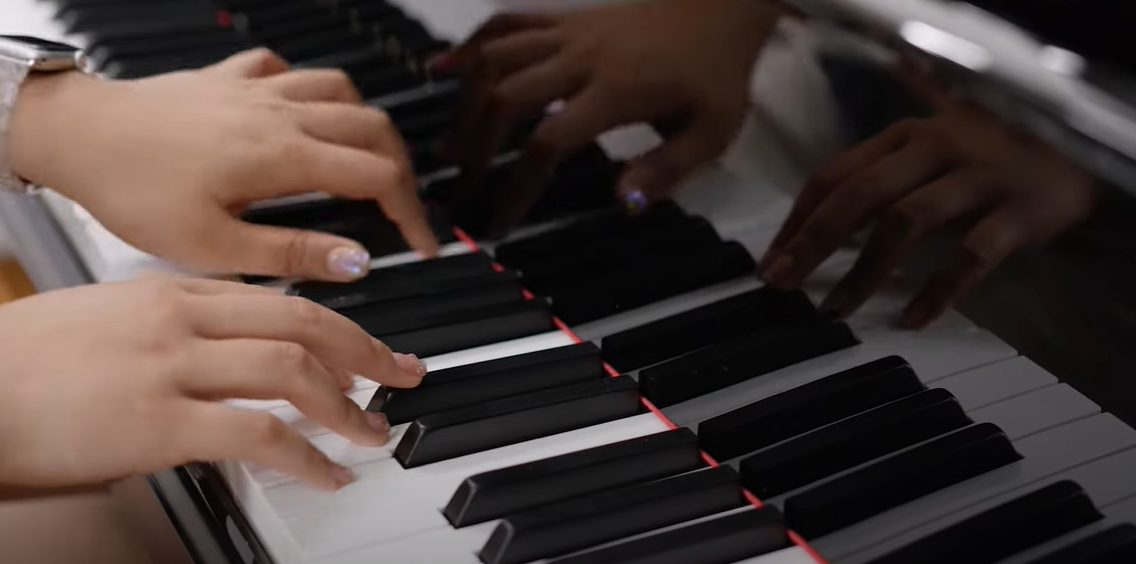
Get A Breakdown Of The Lesson Fees
Understanding the breakdown of piano lesson fees can give you a clearer picture of what you’re paying for and potentially help you identify areas where you can save. Here’s a rough breakdown of what could be included in your lesson fee:
- Tuition: This is the core of the lesson fee, covering the actual teaching time of your music instructor. This could be a one-on-one session or a group class.
- Materials: Expenses related to music books, sheet music, or any other instructional materials necessary for the lessons.
- Examination Fees: If the student is preparing for graded exams or participating in festivals or competitions, the associated fees are often a part of the total cost.
- Travel Costs: If the teacher travels to the student’s home, the cost of their time and transport may be incorporated into the lesson fee.
- Instrument Maintenance: A portion of the fee may go towards keeping the piano in good condition, including tuning, cleaning, and occasional repairs.
- Administrative Costs: These cover any overhead costs such as utilities, rent, and administrative staff salaries if the lessons are conducted at a music school. [5]
Remember that costs can vary significantly depending on factors such as the teacher’s qualifications, the location of the lessons, and the frequency of classes.
FAQ
How to afford piano lessons?
Affording piano lessons can be a challenge for many, but there are several strategies to make them more manageable:
- Budgeting
- Seek Scholarships or Grants
- Group Lessons
- Bartering Services
- Practice More
- Invest In A Digital Piano
Remember, the goal is to make piano lessons affordable without compromising the quality of instruction. Always consider the long-term benefits of learning to play the piano when evaluating its cost.
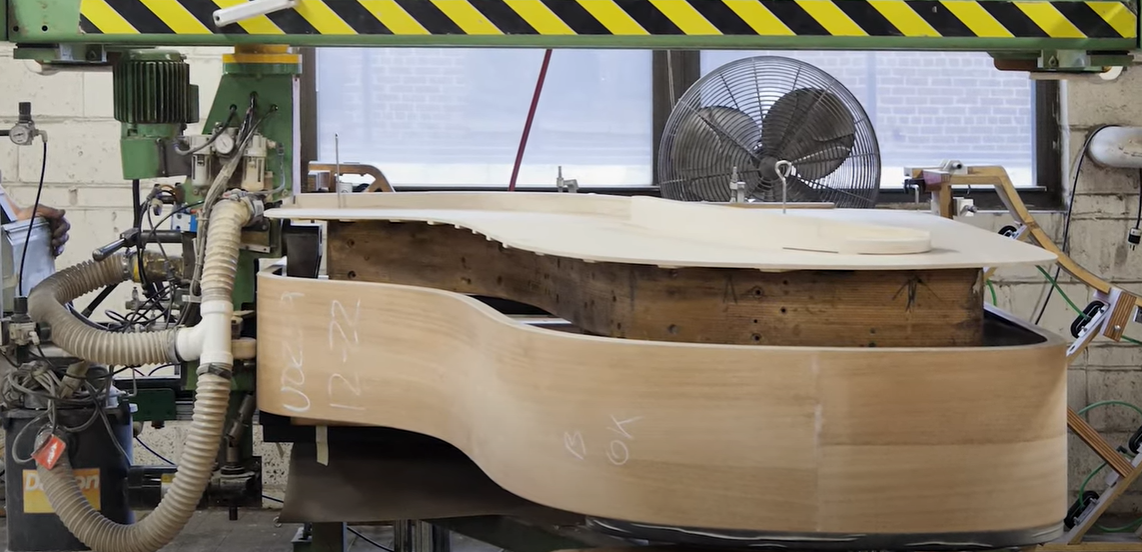
Why are instrument lessons so expensive?
Instrument lessons can be expensive due to several factors. Firstly, the high level of expertise and qualifications of the instructor significantly contributes to the cost. Highly trained music teachers often have years of education and experience, which is reflected in their teaching fee. Secondly, the costs of maintaining and upgrading the instruments and teaching facilities can also add up. This includes the cost of tuning, repairing, and replacing instruments, as well as keeping the teaching space comfortable and conducive to learning. Thirdly, preparing for lessons takes time and effort outside of the actual teaching hours. Instructors need to plan, develop, and adapt lesson plans for each student’s unique needs and progress, which is a significant investment of their time. Lastly, administrative costs, including utilities, rent, and insurance, also factor into the overall cost of lessons. Thus, while the cost of instrument lessons can seem high, it’s important to remember that it encompasses not just the time spent in the actual lesson, but also all the hidden efforts and expenses behind the scenes to ensure a high-quality learning experience.
Are 30-minute piano lessons worth it?
Yes, 30-minute piano lessons can be worth it, especially for beginners or younger students. These shorter sessions can be an ideal way to introduce the fundamentals of piano playing without overwhelming the student. Moreover, 30-minute lessons can help maintain the student’s focus and attention, as learning music requires a high level of mental concentration and physical coordination. Throughout these lessons, students have the opportunity to learn and practice new skills, receive immediate feedback, and correct any technical issues under the guidance of a professional teacher. Furthermore, shorter, more frequent lessons can reinforce learning and encourage regular practice, which is crucial for progress. However, as the student advances and their repertoire becomes more complex, longer lessons might become necessary for deeper exploration of technique, interpretation, and musicianship.
Is it OK to self learn piano?
Yes, self-learning piano is entirely possible and can be a suitable approach for some individuals. It offers flexibility and allows learners to progress at their own pace. There are plentiful resources available online, including instructional videos, digital music sheets, and piano learning apps, which can provide a substantial foundation for learning piano skills. Self-learning can also foster a sense of self-discipline and independence, essential traits for any musician. However, it’s worth noting that self-learning may not fully replace the benefits of having a professional instructor. Tutors provide personalized feedback, help correct mistakes, and guide the development of proper technique, reducing the risk of injury. Therefore, while it’s OK to start learning piano on your own, consider involving a professional teacher at some point to ensure comprehensive learning and prevent developing bad habits.
Is learning piano a talent?
Learning to play the piano isn’t purely a matter of talent; it’s also about dedication, practice, and perseverance. While having a natural inclination for music can be advantageous, it doesn’t guarantee success without consistent effort. Piano playing involves developing a wide range of skills – from reading music and understanding theory, to coordinating your hands and interpreting the emotion in a piece. All of these can be learned with time and regular practice. Therefore, don’t be discouraged if you’re not instantly good at it. Remember, even the most accomplished pianists have spent many hours honing their craft. As the old adage goes, “Practice makes perfect.”
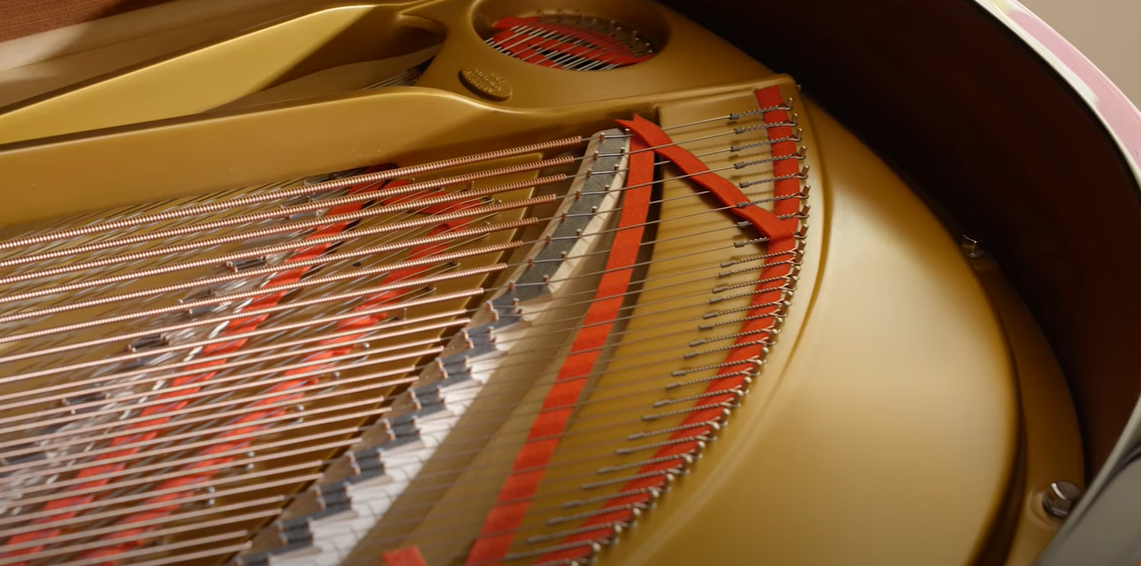
Is everyone piano free?
Yes, Everyone Piano is a software program that allows your computer keyboard to simulate a real piano keyboard, and it is free to download and use. It’s an excellent tool for those who want to practice piano but don’t have access to a real one. With this software, you can play and practice pieces, learn chords, and even record your own music. However, while the basic software is free, there may be optional add-on features or sound packs that require purchase. It’s always a good idea to review the software details and any potential costs before downloading.
How much does it cost to learn piano in 21 days?
The cost of learning piano in 21 days can vary greatly depending on several factors. If you opt for personal one-on-one lessons with a professional teacher, the cost might range from $30 to $60 per 30-minute session, which could total to $630 to $1,260 if you take a lesson every day for 21 days. Alternatively, you may choose online piano courses which offer a fixed price for full access to their lessons. For instance, a popular online course such as “Piano in 21 Days” costs around $97 for their basic package, which you can consume at your own pace. It’s important to note that these costs do not include the price of a piano or keyboard if you don’t already own one. Bear in mind that while it’s possible to grasp the basics of piano playing within this timeframe, becoming proficient requires a longer-term commitment and continual practice.
How many lessons a week for piano?
The number of weekly piano lessons largely depends on the individual student’s goals, level of commitment, schedule, and budget. For beginners, especially younger students, one lesson per week is generally sufficient. This allows time in between lessons to practice and consolidate what they have learned. As the student progresses and their skill level increases, they may find that two lessons per week are more beneficial, providing more immediate feedback and allowing for faster progress. However, it’s important to remember that the frequency of lessons should be balanced with ample self-practice time. In the end, the most effective learning plan is often a combination of regular professional lessons and dedicated self-practice.
Which instrument is the cheapest to learn?
The cost of learning an instrument can vary widely, depending on the type of instrument, the cost of lessons, and the availability of resources. Generally, the ukulele is considered one of the cheapest instruments to learn. The initial investment for a beginner’s ukulele can be as low as $20-$50, and there are ample free online resources available for self-learning. Additionally, ukuleles are relatively easy to start with for beginners, reducing the need for paid lessons. Other affordable options could include harmonica, recorder, or even basic percussion instruments like bongos. However, keep in mind that while the cost might be a factor, the most important thing is choosing an instrument that you are passionate about and committed to learning.
What instrument cost the most?
The most expensive instrument to learn and purchase is often considered to be the harp. A beginner’s model can start at around $2,000, while a professional concert harp can cost upwards of $30,000. The size and complexity of the harp contribute to its high cost, along with the specialized materials used in its construction. Moreover, lessons for the harp can also be relatively expensive due to the specialized knowledge required to play and teach it. Other costly instruments might include the tuba, the bassoon, and the French horn, each of which can cost several thousand dollars for a beginner model. However, it’s worth noting that the cost of an instrument does not necessarily dictate the difficulty or value of learning to play it. Every instrument has its unique charm and learning any of them brings its own rewards and challenges.
Useful Video: Why Steinway Grand Pianos Are So Expensive | So Expensive
Conclusion
In conclusion, learning to play the piano is an investment, not just in terms of money, but also the time and dedication required. The cost of piano lessons can seem high, but the personalized attention and professional guidance provided by a piano teacher often outweigh the expense. While natural talent can be beneficial, the key to mastering the piano lies in consistent practice and perseverance. Free software like Everyone Piano offers an affordable option for practice, albeit with potential additional costs for add-ons. Rapid learning courses like “Piano in 21 Days” also offer a cost-effective pathway to picking up the basics.
References:
- https://joshuarosspiano.com/why-are-piano-lessons-so-expensive/#:~:text=But%20why%20are%20piano%20lessons,cost%20of%20the%20piano%20lesson.
- https://medium.com/verhythm-studio/making-music-accessible-a3fbb5795bc5
- https://takelessons.com/blog/why-are-music-lessons-so-expensive-z15
- https://www.parents.com/kids/education/piano-lessons-cost/
- https://musiclearninghub.com/how-much-should-private-piano-lessons-cost/


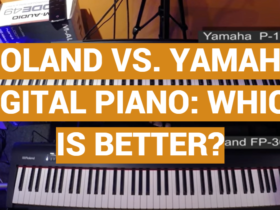

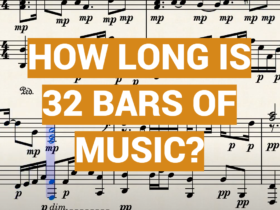
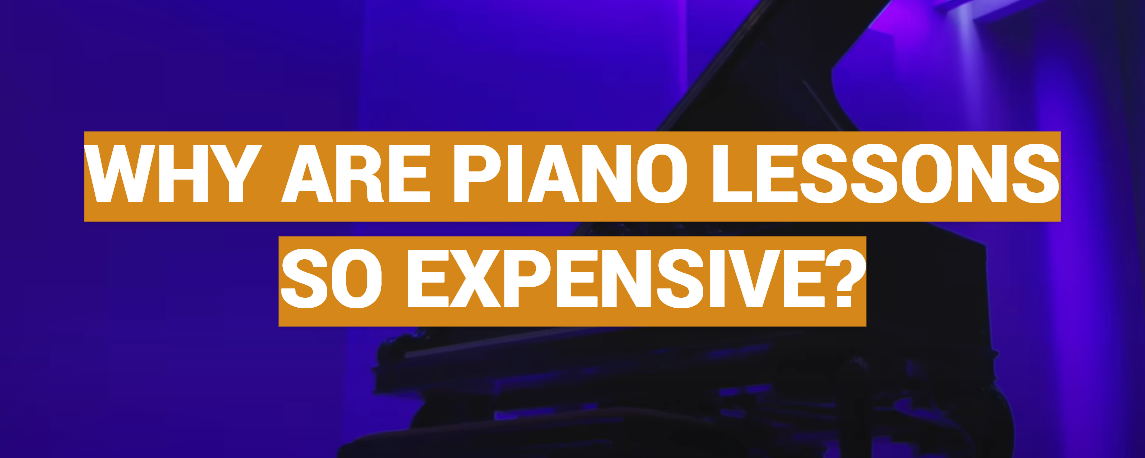
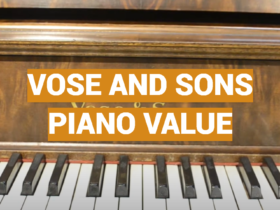
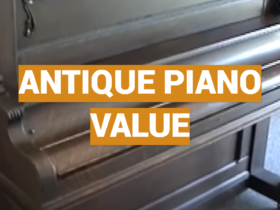

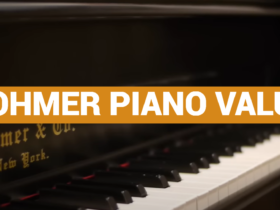
Leave a Reply